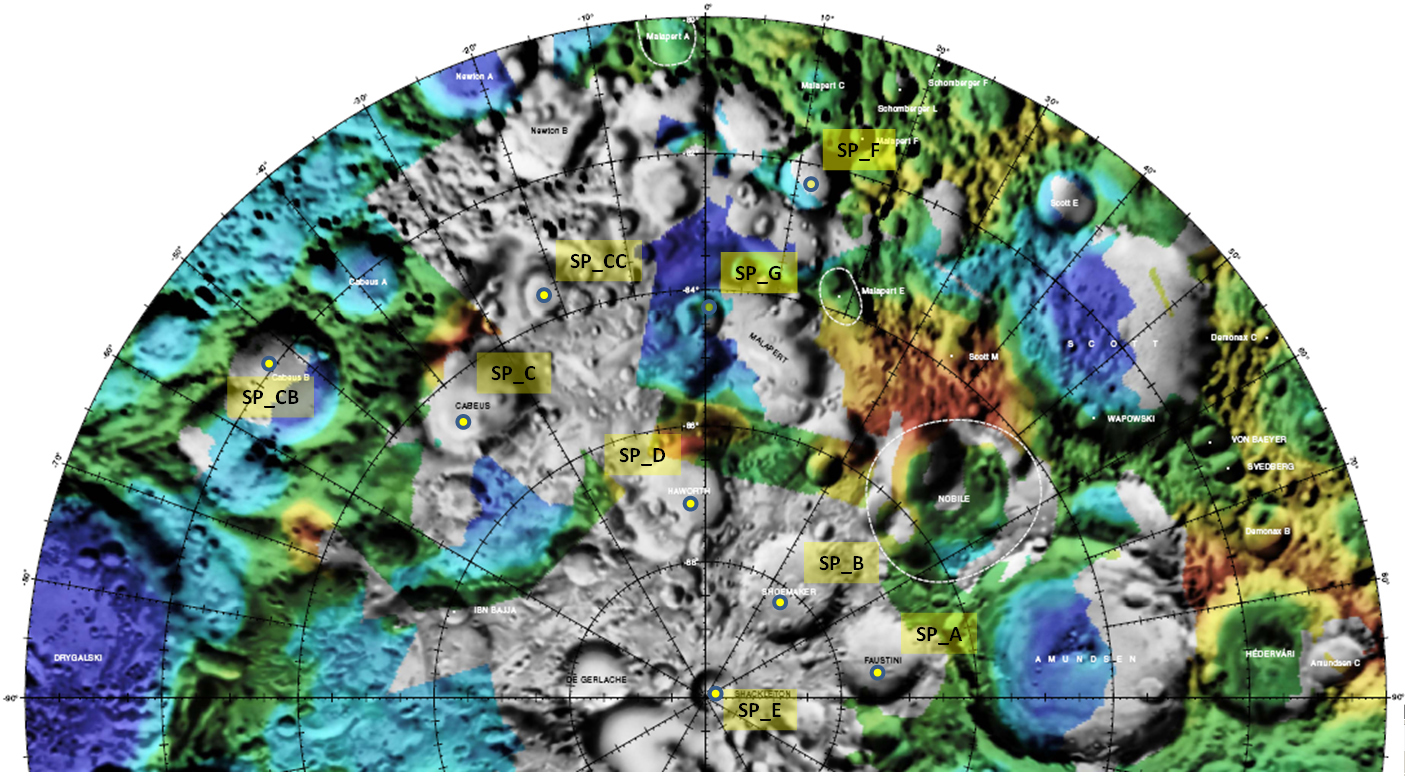
By Vania Neves
We make many decisions every day. Should we wait patiently for the green light to cross the street or risk an accident? Should we buy something we want or save money for the future? We also make decisions with other people. When planning a vacation with friends or family, the group has to decide on destination, route, dates, costs, transportation, hotels, and attractions. Sometimes planning is easy and the result is a pleasurable outing for everyone. At other times, some members of the group take too long to agree about the trip details; in the end, some may decide not to travel together as they realize they have different objectives. The complexity and flexibility of decision making is directly related to the objectives and characteristics of each individual.
Similar situations occur during program and project execution. Project decisions can become especially tough when they involve many people. The individual perspectives and behaviors of various stakeholders can create differences of opinion and may raise political issues and spark conflict between different organizational environments. When a project team is geographically dispersed, these complexities are likely to increase. So what can program and project managers do to avoid or minimize problems in such situations?
There is no simple formula for success, but proper communication and stakeholder management can reduce the negative effects of bad decisions or long, drawn-out decision-making processes. For complex programs and projects, mapping psychological characteristics, including decision-making styles and personal motivators, provides guidance on how and what to communicate to stakeholders.
Stakeholder Analysis
Focusing exclusively on execution rather than paying attention to removing barriers in the project environment may not bring the expected efficient and effective results. Communication gaps are one of those barriers, especially in large projects. As part of project communication planning, it is a good practice to carry out an accurate and systematic stakeholder analysis by identifying and understanding who the people involved in the project are, what their organization positions and project roles are, their contact information, how they feel about the project, what they expect, what their interests are, what their influence levels are, and whether they are internal/external, neutral, resistors, or supporters. Additionally, it is useful to identify how key decision makers are likely to respond in various situations, given their decision styles.
Understanding Stakeholder Decision Styles
Mapping likely reactions to a given situation requires a common-sense understanding on decision style models. A good approach is offered by Rowe and Boulgarides in Managerial Decision Making: A Guide to Successful Business Decisions.
They define decision style as the way in which a person perceives information and mentally processes it to come to a decision. Decision style reflects a person’s cognitive complexity and values. Understanding stakeholder decision styles is a valuable part the stakeholder management strategy.
The Decision Style Model
Rowe and Boulgarides identify four styles: directive, analytic, conceptual, and behavioral. Individuals usually exhibit a combination of these styles, though one or more may dominate.
- Directive: This individual has a low tolerance for ambiguity and low cognitive complexity. The focus is on technical decisions based on little information, few alternatives, and minimal intuition, resulting in speed and adequate solutions. Generally directive individuals prefer structured and specific information given verbally.
- Analytic: This individual has a much greater tolerance for ambiguity than the directive one and also has a more congnitively complex personality that leads to the desire for more information and consideration of many alternatives. This style enjoys problem solving and strives for the maximum that can be achieved in a given situation. Generally, such people are not rapid decision makers; they enjoy variety and prefer written reports. They enjoy challenges and examine every detail in a situation.
- Conceptual: This individual has both cognitive complexity and a people orientation and tends to use data from multiple sources and consider many alternatives. Conceptual decision makers have a long-range focus with high organizational commitment. Generally they are creative and can readily understand complex relationships.
- Behavioral: Although this individual has low cognitive complexity and uses low data input, he or she has a deep concern for the organization and people. Behavioral decision makers tend to have a short-range focus and use meetings for communicating. They provide counseling, are receptive to suggestions, persuasive, and willing to compromise.
Using stakeholder analysis, the project manager, with the project team’s support, can create a stakeholder management strategy for gaining support or reducing obstacles.
Applying the Decision Style Model
Managing a virtual program team to integrate the information technology (IT) infrastructure of two merging companies provided an opportunity to confirm the value of this approach. This IT-integration program included an infrastructure project, a commercial systems project, and a manufacturing systems project. In the planning phase, several integration options were designed to fit business and technical assumptions. A lot of money was required to implement any of the options of full, medium, and minimum IT integration. (Doing nothing was the low-cost option.)
Full integration would replace all the acquired company’s systems and infrastructure with the owner company’s IT infrastructure. This option would produce merger benefits anticipated by the commercial units of both companies, but it was not aligned with the manufacturing unit’s strategy of keeping both companies’ manufacturing environments running with minimal changes and investments.
Medium integration would be similar to full integration but with no changes in manufacturing systems. This option would support expected commercial benefits and be consistent with manufacturing strategy. It would, however, mean extra work for a few people due to a lack of some process automation.
Minimum integration would apply mandatory changes to the acquired company’s IT infrastructure to meet the new company’s standards. It would mean faster implementation and would fit into manufacturing strategy, but it would not support expected commercial benefits.
The decision-making process to select the integration option was as difficult as the program execution. Having these clearly defined steps and requirements was essential to our success:
- A robust merge-and-acquisitions framework. This made the team aware of the steps to follow and how to contact subject-matter experts to provide guidance when needed.
- Clear definitions of roles and responsibilities. This kept the team committed to and focused on program goals.
- Mapping stakeholders’ expectations and motivations and identifying the decision makers were critical to support the stakeholder management strategy.
- As specified in the communication plan, we held regular team virtual meetings tailored for different audiences.
- All required technical and functional specialists were invited to support the design for the integration.
- Workshops with business and technical teams from both companies were held for gathering business requirements and identifying key risks for the integration.
- Integration options and budgets were submitted to senior management for approval.
Given the program’s complexity, the budget required, and the decision’s impact on the business of both companies, new stakeholders from higher levels of the organization joined the program approval committee partway through the process. As they were not familiar with the project’s history, some of them asked for new integration options based on new assumptions. It became clear that the decision-making process would take longer than expected.
For complex programs and projects, mapping psychological characteristics, including decision-making styles and personal motivators, provides guidance on how and what to communicate to stakeholders.
The program approval process would have been an endless journey if we had not adjusted our communications to respond to these new demands. Using the decision style model, I mapped the potential dominant decision styles and updated the program stakeholder management strategy. Before the final session for program approval, we held individual and group meetings and teleconferences tailored to the stakeholders’ interests and influences on the project. To the overall presentation with the integration options and rationale for each of them, we added additional appropriate information and adjusted emphasis to match stakeholder styles. The majority of senior stakeholders had conceptual, analytic, and directive decision styles.
The main concern of the stakeholders with an analytic style was understanding the financial impacts in detail. Our supporting materials were therefore related to on-time costs, ongoing costs, and the net present value of each integration option.
For stakeholders with a directive style, who were concerned about understanding overall integration scenarios in a concise and objective way, we provided a matrix and summary that went straight to the point. We showed integration level, scope, pros and cons, risk impact, and costs for each option.
The stakeholders with a conceptual style were concerned about financial impact as well, but their questions also addressed long-term benefits, risks, and impact on both the organizations and their people. For them, in addition to the big picture provided by the matrix with a summary of integration options, we used supporting material with long-term effects, such as the high risks of implementing a minimum integration or doing nothing. Those options would not give the acquired company the benefits of the owner company network and services, so although low or no investment would be done in the short term, in the medium term they would need additional budget to remediate their IT environment. In addition, the new company’s business would not benefit from up-to-date technology.
In the end, senior management approved the medium integration option proposed by the program team. They agreed that the preferred integration strategy was the most cost-effective option and aligned with the owner company’s IT target architecture, which would support both commercial requirements and future manufacturing strategies. Like a group that works to decide on a joint plan for a trip, these executives only reached a common decision when the advantages, disadvantages, and risks involved were communicated in ways that matched their decision styles.
In other words, we were successful because we were able to adjust communication channels and messages to match stakeholders’ behaviors and interests. We accelerated and improved the decision-making process by giving stakeholders information in the ways they could best process it.
About the Author
 |
Vania Neves is a senior information technology leader for GlaxoSmithKline, where she holds the position of IT director, accountable for supporting commercial business unit demands in Brazil, Argentina, Chile, and Uruguay. Her responsibilities also include the IT division of Phoenix, an Argentinean company, part of the GlaxoSmithKline group. |








